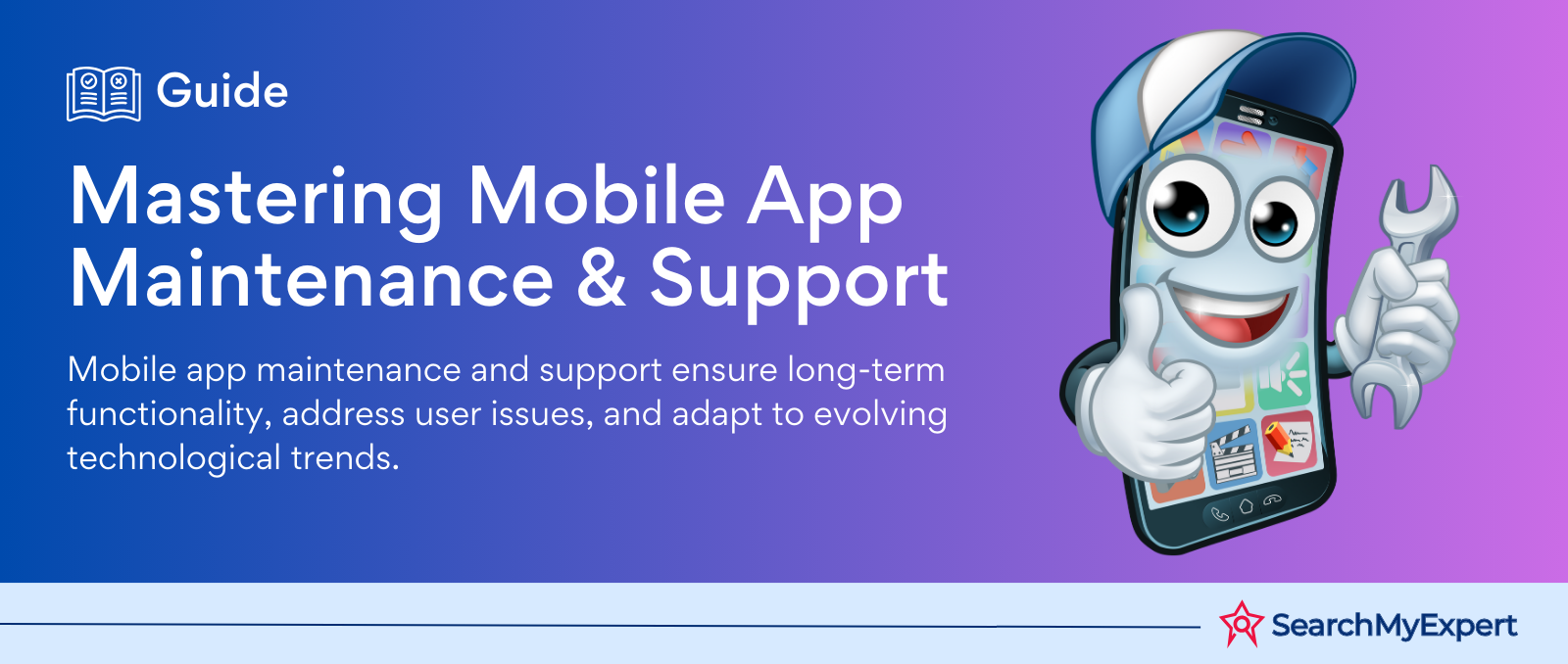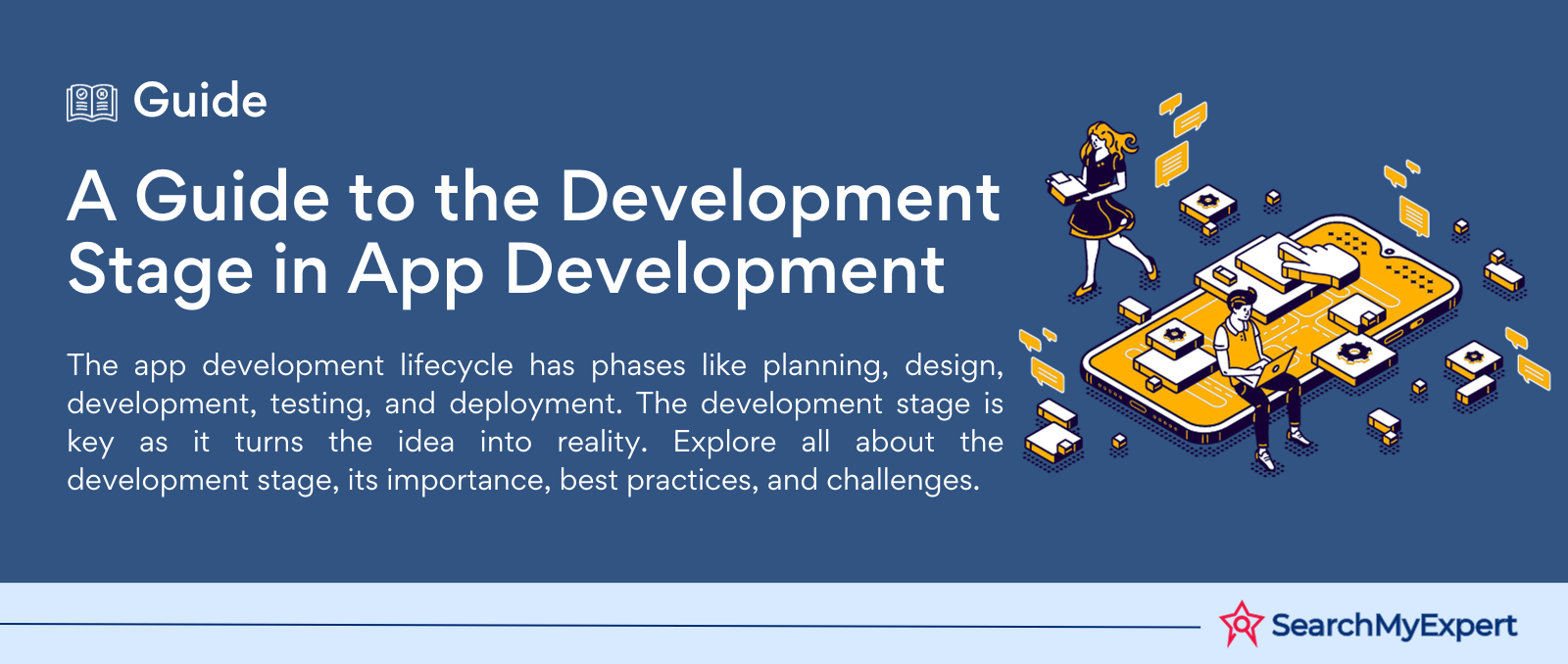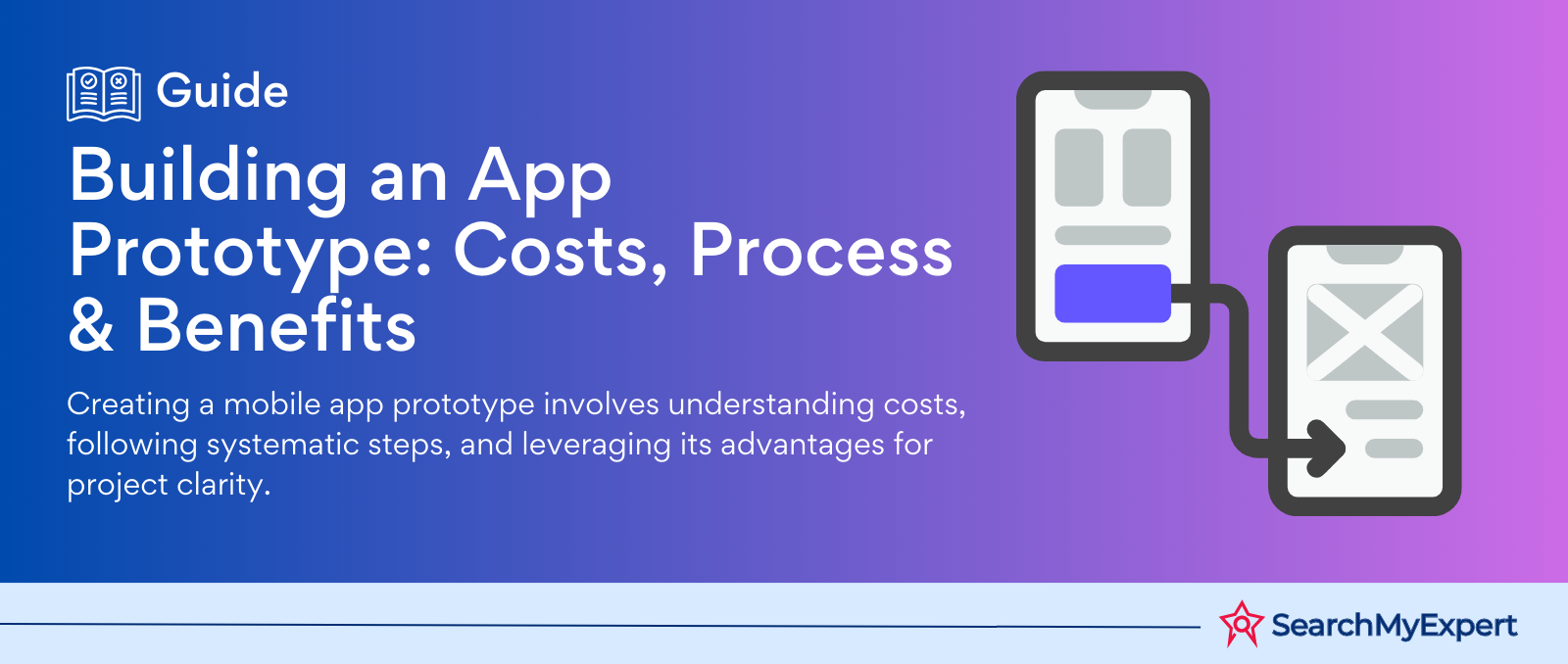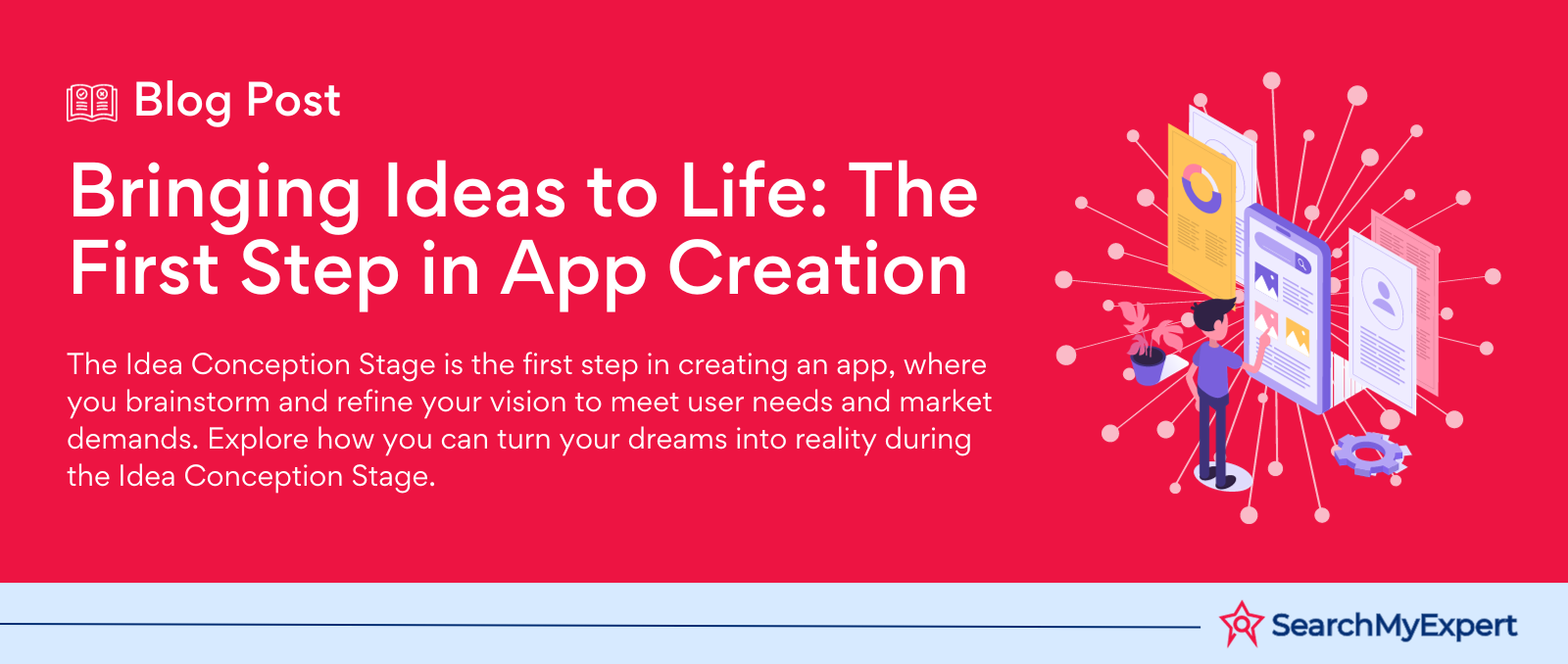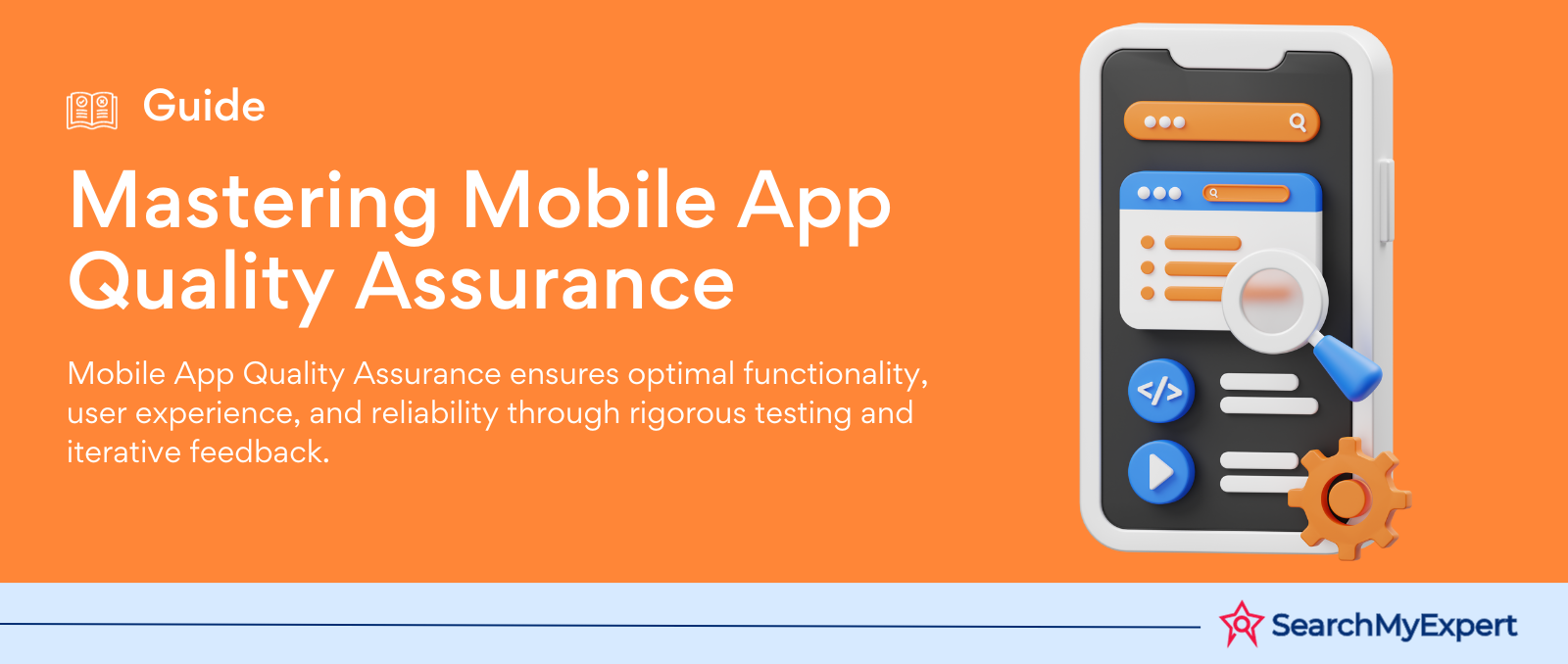Mastering Brand Development: Crafting an Effective Brand Identity

Brand Vision and Mission
Establish Your Core Values and Beliefs
Establishing your core values and beliefs is the foundation of your brand. These values are the guiding principles that dictate behavior and action, helping to distinguish your brand from competitors. It's essential to reflect on questions such as:
- What do we stand for?
- What are our brand's ethical boundaries?
- How do we want our customers to perceive us?
Having clear core values ensures consistency and serves as a beacon for decision-making.
Identify Your Target Audience and Their Needs
Identifying your target audience is critical. Understanding who they are, their needs, and pain points allows you to tailor your brand's message and offerings. Consider factors like:
- Demographics: Age, gender, income, education, etc.
- Psychographics: Interests, lifestyle, values, attitudes.
- Behavioral traits: Purchasing habits, brand interactions.
This understanding helps in crafting messages that resonate with your audience.
Craft a Clear and Concise Brand Vision Statement
A brand vision statement projects the future your company seeks to create. It should be:
- Inspirational: Encourages and motivates.
- Aspirational: Describes the ideal world your brand seeks to create.
- Clear and Concise: Easy to understand and remember.
This statement will guide your long-term objectives and strategies.
Develop a Mission Statement Outlining Your Purpose and Goals
A mission statement explains the present state and purpose of your organization. It should:
- State the purpose: Why does your brand exist?
- Outline goals: What are the primary objectives?
- Reflect core values: Align with your established values and beliefs.
A well-crafted mission statement guides daily operations and decision-making.
Conduct Thorough Market Research
Analyze Industry Trends and Competitor Activity
Staying informed about industry trends and competitor activities is crucial. This involves:
- Market analysis: Understand the market dynamics.
- Competitor analysis: Study competitors’ strengths, weaknesses, strategies.
- Trend spotting: Identify emerging trends and patterns.
This analysis helps in staying relevant and competitive.
Identify Market Gaps and Opportunities
Identifying gaps in the market can reveal opportunities for innovation and growth. Look for:
- Unmet needs: Needs of your target audience not currently met.
- Underserved segments: Potential markets that are overlooked.
- Innovative approaches: New ways to address existing problems.
Exploring these areas can lead to unique value propositions.
Understand Your Target Audience's Demographics, Behavior, and Preferences
Deepening your understanding of your audience's demographics, behavior, and preferences is key. This can be achieved through:
- Data analysis: Use data analytics to understand customer behavior.
- Customer feedback: Listen to what customers are saying.
- Market surveys: Conduct surveys to gather detailed insights.
This information guides tailored marketing strategies.
Conduct Surveys, Focus Groups, and Interviews to Gather Insights
Engaging directly with your target audience provides valuable insights. Techniques include:
- Surveys: Quantitative data on preferences, attitudes.
- Focus groups: Qualitative insights through group discussions.
- Interviews: In-depth understanding of individual perspectives.
These methods provide nuanced insights into customer needs and preferences.
Craft Your Brand Identity
Develop a Unique and Memorable Brand Name
Creating a brand name is a pivotal step in brand identity. The name should:
- Be Unique: Stand out in the market.
- Be Memorable: Easy to recall.
- Reflect Your Brand: Align with your brand's vision and values.
- Be Scalable: Suitable for future growth and expansion.
Think creatively, and don't be afraid to invent new words or use meaningful combinations.
Design a Visually Appealing Logo and Branding Materials
A logo is the face of your brand. It should:
- Be Distinctive: Easily recognizable.
- Reflect Brand Personality: Convey your brand's character and values.
- Be Versatile: Work across various mediums and sizes.
- Be Timeless: Avoid overly trendy designs that may quickly become outdated.
Along with the logo, develop consistent branding materials like business cards, letterheads, and marketing collateral.
Establish a Consistent and Recognizable Brand Voice
Your brand voice reflects your company’s personality and values. It should be:
- Consistent: Uniform across all platforms.
- Reflective of Your Audience: Speak in a way that resonates with your target audience.
- Aligned with Your Brand Identity: Echo your brand’s personality and values.
Whether professional, playful, or passionate, maintain this voice in all communications.
Define Your Brand Personality and Values
Brand personality is the set of human characteristics attributed to a brand. It should:
- Be Distinct: Differentiate from competitors.
- Be Relatable: Connect with your target audience on a personal level.
- Reflect Core Values: Consistent with the values established earlier.
Think of your brand as a person and define its traits accordingly.
Develop Your Brand Messaging
Craft a Compelling Brand Story That Resonates with Your Target Audience
A brand story is a narrative that encompasses the facts and feelings created by your brand. It should:
- Be Authentic: Genuine and true to your brand.
- Connect Emotionally: Strike a chord with your audience.
- Be Memorable: Easy to remember and retell.
Tell a story that aligns with your brand's vision, mission, and values.
Identify Your Key Brand Messages and Communicate Them Clearly
Key brand messages are the core ideas you want your audience to hear and remember. They should:
- Be Clear: Easily understood.
- Be Relevant: Address your audience's needs and desires.
- Be Consistent: Uniform across all channels.
Ensure that every piece of communication reflects these key messages.
Utilize Effective Storytelling Techniques to Engage Your Audience
Storytelling is a powerful tool in branding. Effective storytelling involves:
- Emotional Connection: Making your audience feel something.
- Relatability: Making your story relevant to your audience.
- Engagement: Keeping your audience interested.
Use stories to make your brand more human and relatable.
Ensure Consistency in Messaging Across All Communication Channels
Consistent messaging helps to build brand recognition and trust. This means:
- Uniformity in Tone and Style: Across all platforms.
- Alignment with Brand Identity: Reflecting your brand personality.
- Cohesiveness: Messages should complement and reinforce each other.
Consistency helps in creating a strong, unified brand image.
Build Brand Awareness and Recognition
Develop a Comprehensive Marketing Strategy
A comprehensive marketing strategy is essential for brand awareness. It should:
- Be Goal-Oriented: Set clear, measurable objectives.
- Be Audience-Centric: Focus on the target audience's preferences and behaviors.
- Integrate Multiple Channels: Utilize a mix of traditional and digital channels.
- Be Flexible: Adapt to market changes and feedback.
Align this strategy with your overall brand goals and vision.
Utilize Appropriate Marketing Channels to Reach Your Target Audience
Choosing the right channels is crucial for effective reach. Consider:
- Digital Channels: Social media, SEO, email marketing.
- Traditional Channels: TV, radio, print media.
- Emerging Platforms: Influencer marketing, podcasts.
- Direct Marketing: Personalized communication strategies.
Select channels based on where your audience spends their time and what they engage with.
Implement Effective Public Relations and Media Outreach Campaigns
PR and media outreach can significantly boost brand visibility. Tactics include:
- Press Releases: Share newsworthy brand stories.
- Media Relations: Build relationships with journalists and bloggers.
- Event Sponsorships: Gain visibility in industry events.
- Crisis Management: Prepare for and manage potential PR crises.
These efforts can enhance your brand's reputation and reach.
Leverage Digital Marketing Strategies to Build Online Presence and Engagement
Digital marketing is pivotal for modern brands. Strategies include:
- Content Marketing: Engaging and valuable content that attracts and retains an audience.
- Social Media Marketing: Utilizing platforms like Facebook, Instagram, LinkedIn.
- SEO and SEM: Optimizing for search engines to increase visibility.
- Email Marketing: Personalized communication to nurture leads and customers.
Focus on strategies that drive engagement and conversions.
Foster Brand Loyalty
Provide Excellent Customer Service and Support
Outstanding customer service is key to loyalty. It involves:
- Responsiveness: Quick and helpful responses to customer inquiries.
- Empathy: Understanding and addressing customer needs.
- Consistency: Uniform service across all touchpoints.
- Proactive Support: Anticipating and solving customer problems before they arise.
This approach builds trust and satisfaction.
Build Strong Relationships with Your Customers
Building relationships with customers ensures long-term loyalty. Strategies include:
- Personalization: Tailoring experiences to individual customer preferences.
- Engagement: Regular interaction through various channels.
- Listening: Actively seeking and acting on customer feedback.
- Community Building: Creating a sense of belonging among customers.
Foster a sense of connection and community with your brand.
Create a Positive and Memorable Customer Experience
A memorable customer experience can differentiate your brand. Focus on:
- User Experience: Ensure a smooth, enjoyable interaction with your brand.
- Emotional Connection: Create moments that resonate emotionally with customers.
- Surprise and Delight: Exceed expectations with unexpected positive experiences.
- Consistency: Deliver a consistently high-quality experience.
Every touchpoint should contribute to a positive overall experience.
Implement Loyalty Programs and Rewards to Incentivize Repeat Business
Loyalty programs encourage repeat business. These programs can:
- Reward Repeat Purchases: Offer points, discounts, or special offers.
- Provide Exclusive Benefits: Early access to products, special events.
- Personalize Rewards: Tailor rewards to individual customer preferences.
- Foster Community: Create exclusive groups or clubs for loyal customers.
Such initiatives enhance customer retention and lifetime value.
Continuously Monitor and Adapt Your Brand
Track Key Brand Metrics and Performance Indicators
Consistent tracking of key metrics ensures informed decisions. Focus on:
- Brand Awareness: Understanding the reach of your brand.
- Customer Satisfaction: Measuring satisfaction levels.
- Brand Equity: Assessing the value of your brand in the market.
- Digital Metrics: Website traffic, social media engagement.
Use these metrics to gauge brand health and progress.
Conduct Regular Brand Audits and Evaluations
Periodic audits help in assessing the effectiveness of your brand strategy. They involve:
- Internal Review: Evaluating internal branding elements like mission, vision, values.
- External Analysis: Assessing how customers perceive your brand.
- Competitive Landscape: Understanding your position relative to competitors.
- Brand Consistency: Ensuring uniformity across all channels and touchpoints.
This process identifies areas for improvement and opportunities for growth.
Be Flexible and Adaptable to Changing Market Conditions and Customer Needs
Adaptability is crucial in a dynamic market. It requires:
- Market Awareness: Staying informed about industry trends and changes.
- Customer Feedback: Listening to and acting on customer input.
- Innovation Mindset: Being open to new ideas and approaches.
- Proactive Change Management: Anticipating and adapting to change.
Flexibility allows your brand to remain relevant and competitive.
Continuously Refine and Improve Your Brand Based on Data and Insights
Ongoing refinement is key to long-term success. This includes:
- Data-Driven Decisions: Utilizing analytics and insights for decision-making.
- Customer-Centric Approach: Prioritizing customer needs and expectations.
- Brand Evolution: Updating and evolving your brand as necessary.
- Feedback Loop: Implementing a system for continuous learning and improvement.
Use insights to fine-tune and enhance your brand's appeal and effectiveness.
Conclusion
In the dynamic world of business, brand development is not just a strategy, but an ongoing journey of discovery, creativity, and adaptation. From defining your brand's core values and mission to crafting a compelling brand identity, and from building robust brand awareness to nurturing unwavering brand loyalty, each step in this journey is crucial. This comprehensive guide has provided you with the essential tools and insights needed to navigate the complexities of brand development and management effectively.
Remember, a strong brand is more than just a logo or a catchy slogan; it's the heart and soul of your business, resonating with your customers and setting you apart in the marketplace. By continuously monitoring, evaluating, and refining your brand, you ensure that it not only survives but thrives in the ever-evolving market landscape.
As you embark on this exciting path, keep these principles in mind, adapt to the changing tides, and watch your brand grow in strength and influence. In the end, the success of your brand is a testament to the vision, effort, and passion you invest in it.
Elevate your business with innovative Branding Companies.
share this page if you liked it 😊
Other Related Blogs

Mastering Docker for App Development: A Comprehensive Guide to Benefits, Use-Cases, and Alternatives
STAY UP TO DATE
GET PATH'S LATEST
Receive bi-weekly updates from the SME, and get a heads up on upcoming events.
Contact Us





